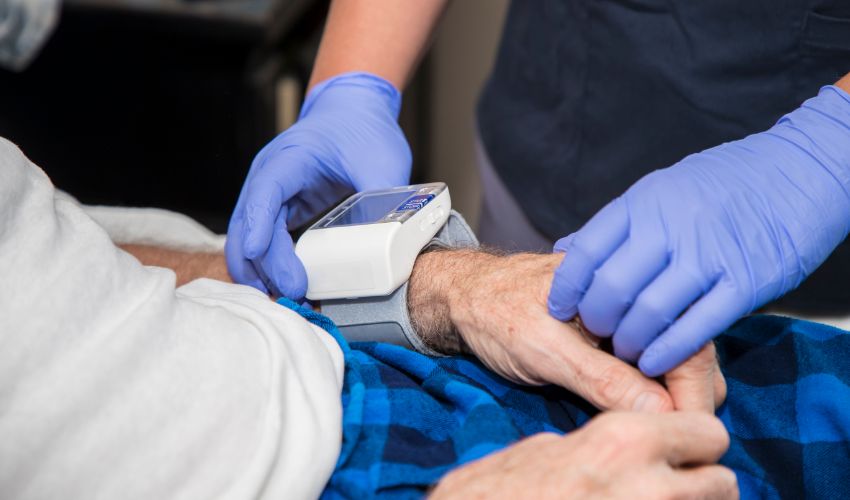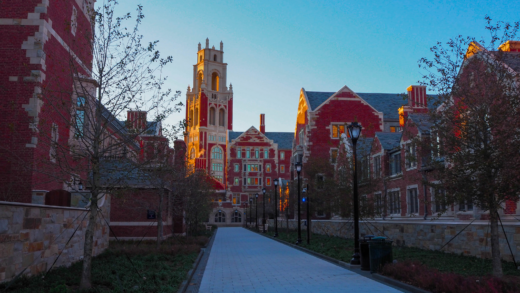Alzheimer’s and Parkinson’s disease are two of the most common neurodegenerative disorders that affect millions of people worldwide. Although they share some similarities, they are distinct diseases that affect different parts of the brain and have different symptoms. However, recent research has shown that there may be a link between the two diseases, and understanding this link is crucial in developing better treatment and prevention strategies.
Alzheimer’s disease is a progressive brain disorder that primarily affects the hippocampus and cerebral cortex, two areas of the brain responsible for memory, language, and thinking. The disease is characterized by the accumulation of beta-amyloid protein, which forms plaques that interfere with communication between brain cells. Over time, the plaques lead to the death of brain cells, which results in a decline in cognitive function.
Parkinson’s disease, on the other hand, is a degenerative disorder that primarily affects the substantia nigra, a part of the brain responsible for producing dopamine, a neurotransmitter that helps regulate movement. The disease is characterized by the accumulation of alpha-synuclein protein, which forms Lewy bodies that interfere with the normal functioning of brain cells. Over time, the Lewy bodies lead to the death of dopamine-producing neurons, which results in the characteristic motor symptoms of the disease, such as tremors, rigidity, and bradykinesia.
While Alzheimer’s and Parkinson’s disease are two distinct disorders, recent research has shown that there may be a link between the two. One theory is that the accumulation of alpha-synuclein protein in Parkinson’s disease may trigger the development of beta-amyloid protein in Alzheimer’s disease. Another theory is that the two diseases share common risk factors, such as age, genetics, and environmental factors.

Despite the similarities between the two diseases, there are also notable differences. Alzheimer’s disease primarily affects cognitive function, while Parkinson’s disease primarily affects motor function. Alzheimer’s disease is typically diagnosed based on cognitive testing and brain imaging, while Parkinson’s disease is diagnosed based on the presence of motor symptoms and response to medication.
There is currently no cure for either Alzheimer’s or Parkinson’s disease, but there are treatment options available to help manage symptoms and slow disease progression. Medications such as acetylcholinesterase inhibitors and N-methyl-D-aspartate (NMDA) receptor antagonists can help improve cognitive function in Alzheimer’s disease, while medications such as levodopa and dopamine agonists can help improve motor function in Parkinson’s disease.
In addition to medication, lifestyle changes such as regular exercise and a healthy diet can also help manage symptoms and improve overall quality of life. Supportive therapies such as physical therapy, occupational therapy, and speech therapy can also help individuals with both Alzheimer’s and Parkinson’s disease maintain independence and improve their ability to perform daily activities.
In conclusion, Alzheimer’s and Parkinson’s disease are two of the most common neurodegenerative disorders that affect millions of people worldwide. While they share some similarities, they are distinct diseases that affect different parts of the brain and have different symptoms. Understanding the link between these two diseases is crucial in developing better treatment and prevention strategies, as well as improving our overall understanding of how the brain functions. With continued research and advancements in treatment, we can work towards improving the lives of those affected by Alzheimer’s and Parkinson’s disease.
Bullet Points:
- Alzheimer’s disease is a progressive brain disorder that affects memory, thinking, and behavior.
- Parkinson’s disease is a degenerative disorder that affects movement, balance, and coordination.
- Both diseases are caused by the accumulation of abnormal proteins in the brain.
- In Alzheimer’s disease, the protein beta-amyloid forms plaques, while in Parkinson’s disease, the protein alpha-synuclein forms Lewy bodies.
- Alzheimer’s disease primarily affects the hippocampus and cerebral cortex, while Parkinson’s disease primarily affects the substantia nigra.
- Early-stage symptoms of Alzheimer’s disease include memory loss, confusion, and difficulty with familiar tasks, while early-stage symptoms of Parkinson’s disease include tremors, rigidity, and slowed movement.
- There is no cure for either disease, but treatments can help manage symptoms and slow disease progression.
FAQs:
Are Alzheimer’s and Parkinson’s Disease Genetic?
Both diseases have a genetic component, but they are not solely caused by genetics. Other factors such as age, environment, and lifestyle also play a role.
Can You Have Both Alzheimer’s and Parkinson’s Disease?
It is possible to have both diseases, but it is rare. However, some people may experience symptoms that resemble both diseases, known as Parkinsonism.
Is There a Link Between Traumatic Brain Injury and Alzheimer’s or Parkinson’s Disease?
There is some evidence to suggest that a history of traumatic brain injury may increase the risk of developing Alzheimer’s or Parkinson’s disease later in life.
How is Alzheimer’s and Parkinson’s Disease Diagnosed?
Alzheimer’s and Parkinson’s disease are diagnosed based on a combination of medical history, physical examination, and diagnostic tests such as brain imaging and cognitive testing.

What Are the Current Treatment Options for Alzheimer’s and Parkinson’s Disease?
Current treatment options for Alzheimer’s and Parkinson’s disease include medication, lifestyle changes, and supportive therapies such as physical therapy and occupational therapy.
Conclusion:
In conclusion, Alzheimer’s and Parkinson’s disease are two distinct neurodegenerative disorders that affect different parts of the brain and have different symptoms. However, they share some similarities, including the accumulation of abnormal proteins in the brain. Understanding the link between these two diseases is crucial in developing better treatment and prevention strategies, as well as improving our overall understanding of how the brain functions. While there is currently no cure for either disease, ongoing research is providing hope for better treatments and potentially even a cure in the future. It is important for individuals to maintain a healthy lifestyle, engage in regular exercise, and seek medical attention if they notice any concerning symptoms.






















